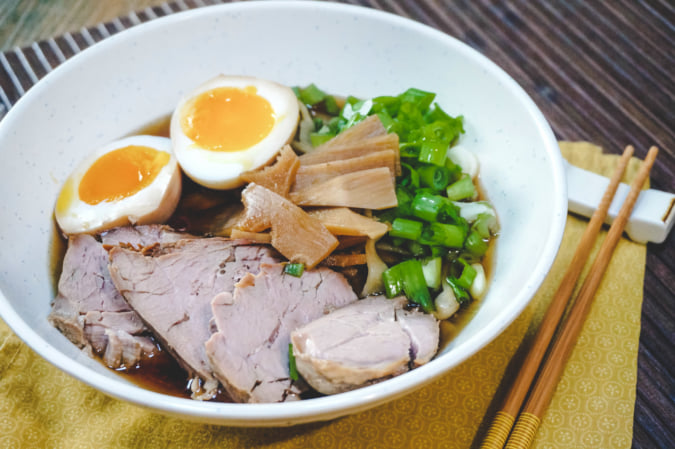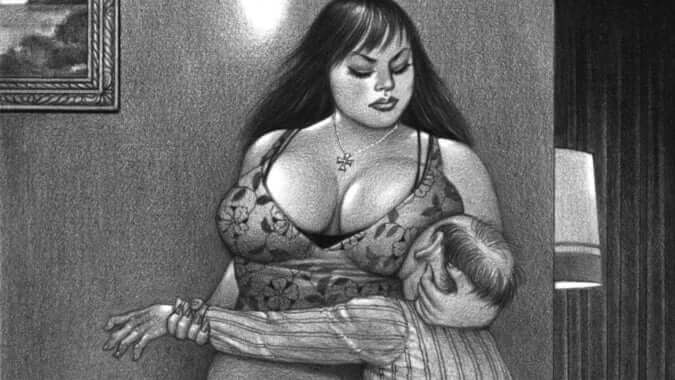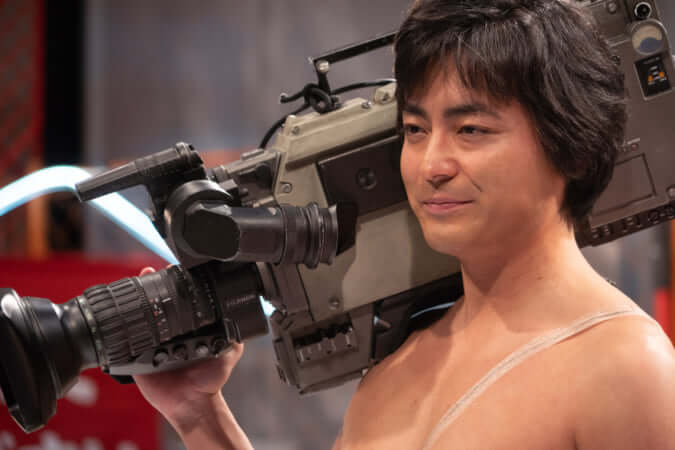Multicoloured Wooden Sculptures by Keiichi Tanaami
'No More War' is an anthology of colourful sculptures by the artist that draw as much on pop art as they do on the Memphis Group.
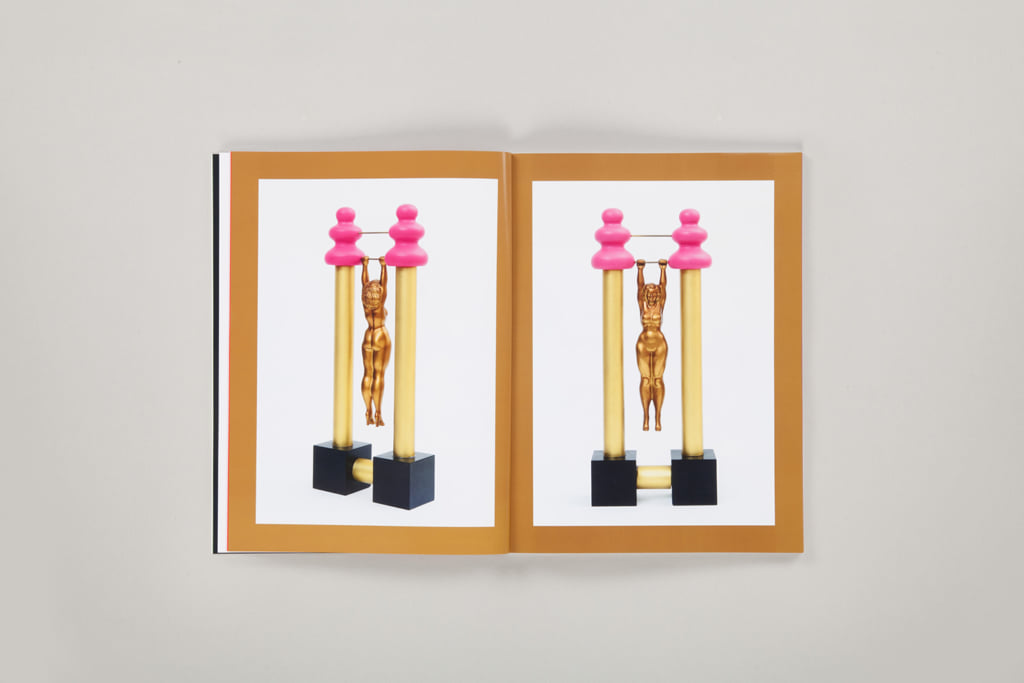
© Keiichi Tanaami
Graphic designer, painter, visual artist, experimental film director… Keiichi Tanaami has various artistic hats, but with one underlying theme: a psychedelic and colourful universe, which can be observed in all of his creations. The work No more war compiles the pieces in his series of wooden sculptures, produced in the 1980s, that, despite perpetuating the artist’s colourful universe, break with his usual style, based as they are on military and erotic themes.
Born in Tokyo in 1936, Keiichi Tanaami was marked by his experience of the Second World War, which infuses his artistic production. After completing his studies at Musashino Art University, the artist, initially a graphic designer, met the master of pop art Andy Warhol in New York in 1969, and thus embarked on a career in art.
From pop art to Playboy
This series is almost reminiscent of a universe of children’s toys and contains objects that combine architectural models, creatures from video games, and abstract figures, drawing as much on pop art as they do on the Memphis Group. The entirety is made from Japanese wood, in a nod to local handicrafts.
The artist, who designed album covers for Jefferson Airplane and The Monkees, became the first artistic director of Japanese Playboy in 1975. His work bridges the gap between eastern and western culture, where death, war, and sexuality are placed in the foreground. These themes are also dear to another artist and a contemporary of Keiichi Tanaami, Tadanori Yokoo.
No more war (2013), a collection by Keiichi Tanaami, is published by Edition Patrick Frey.
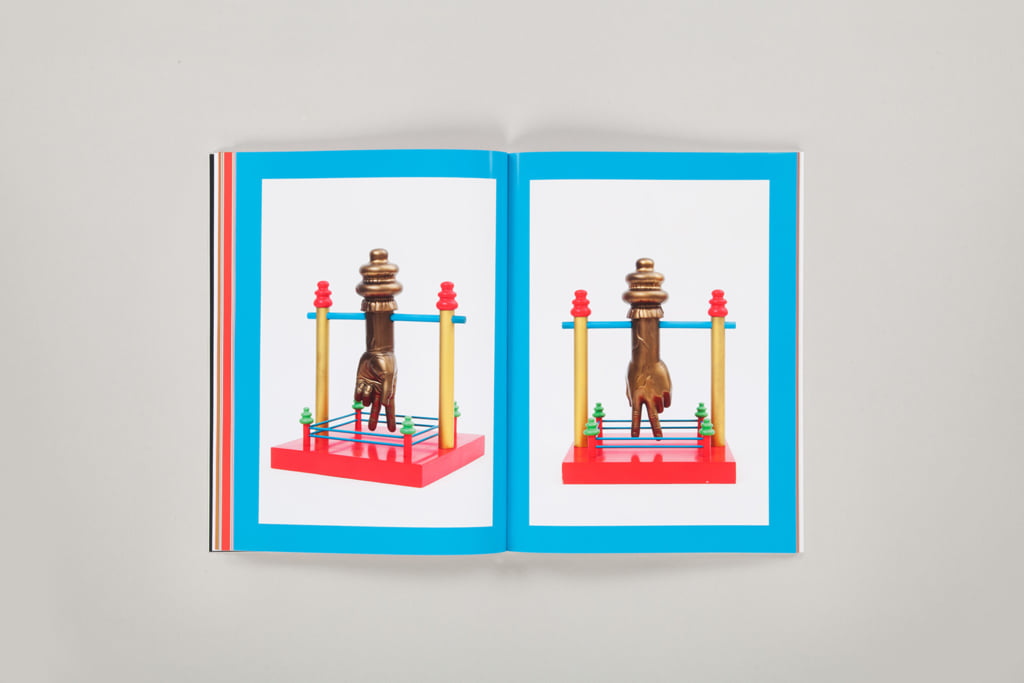
© Keiichi Tanaami
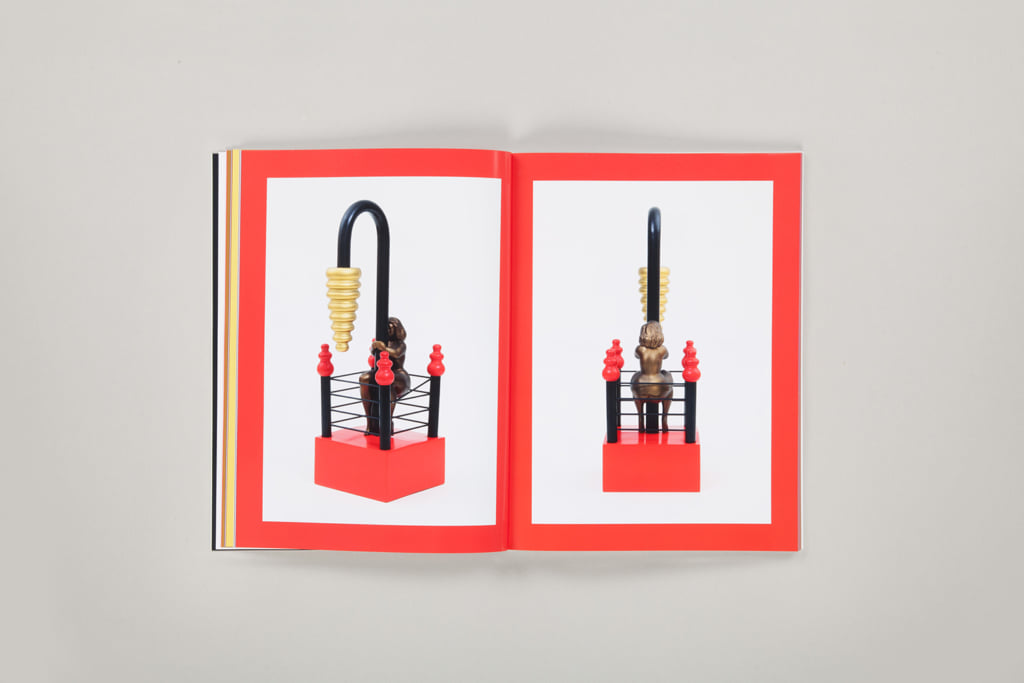
© Keiichi Tanaami
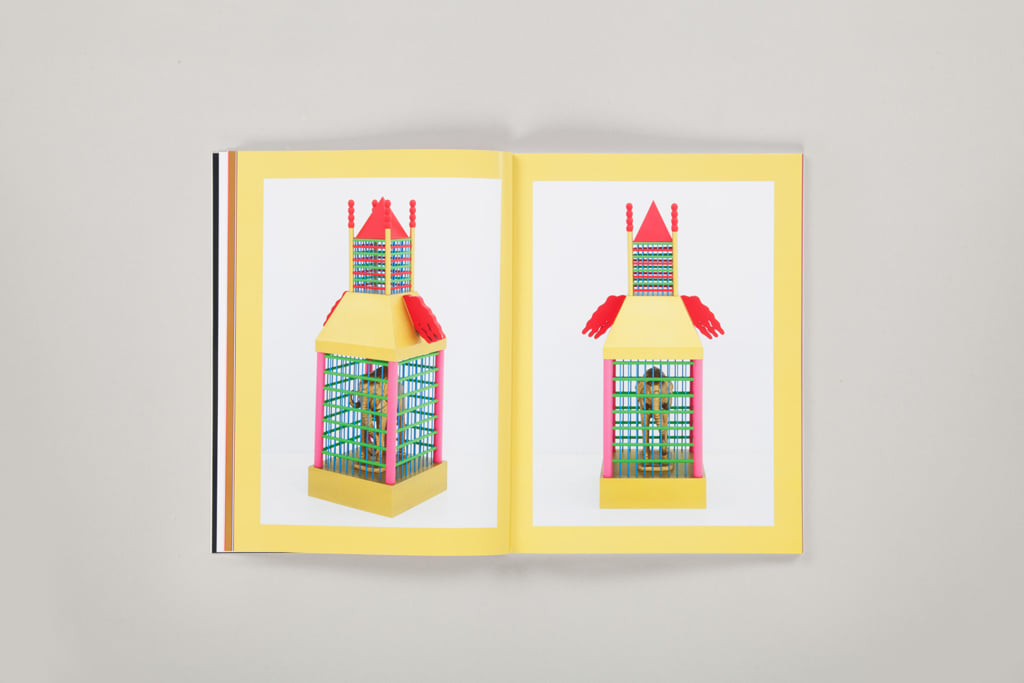
© Keiichi Tanaami
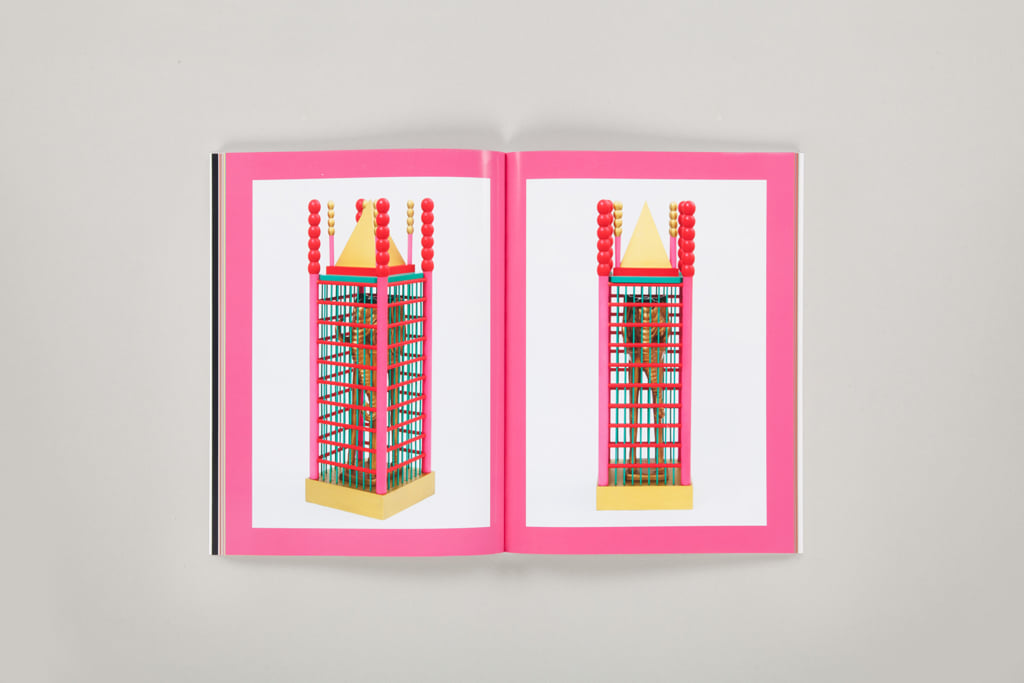
© Keiichi Tanaami
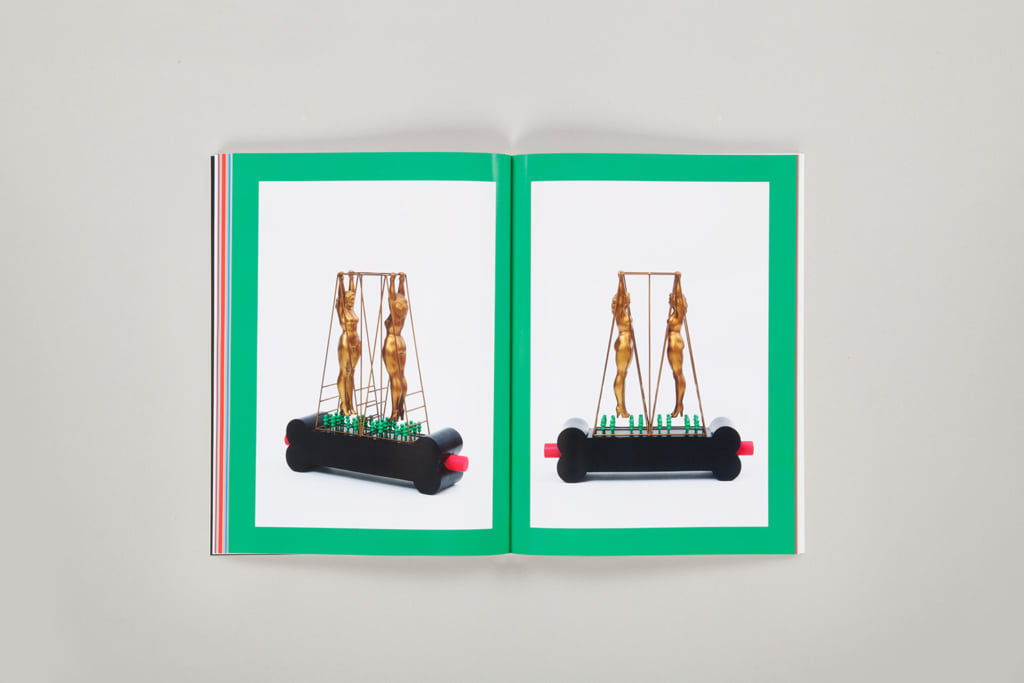
© Keiichi Tanaami
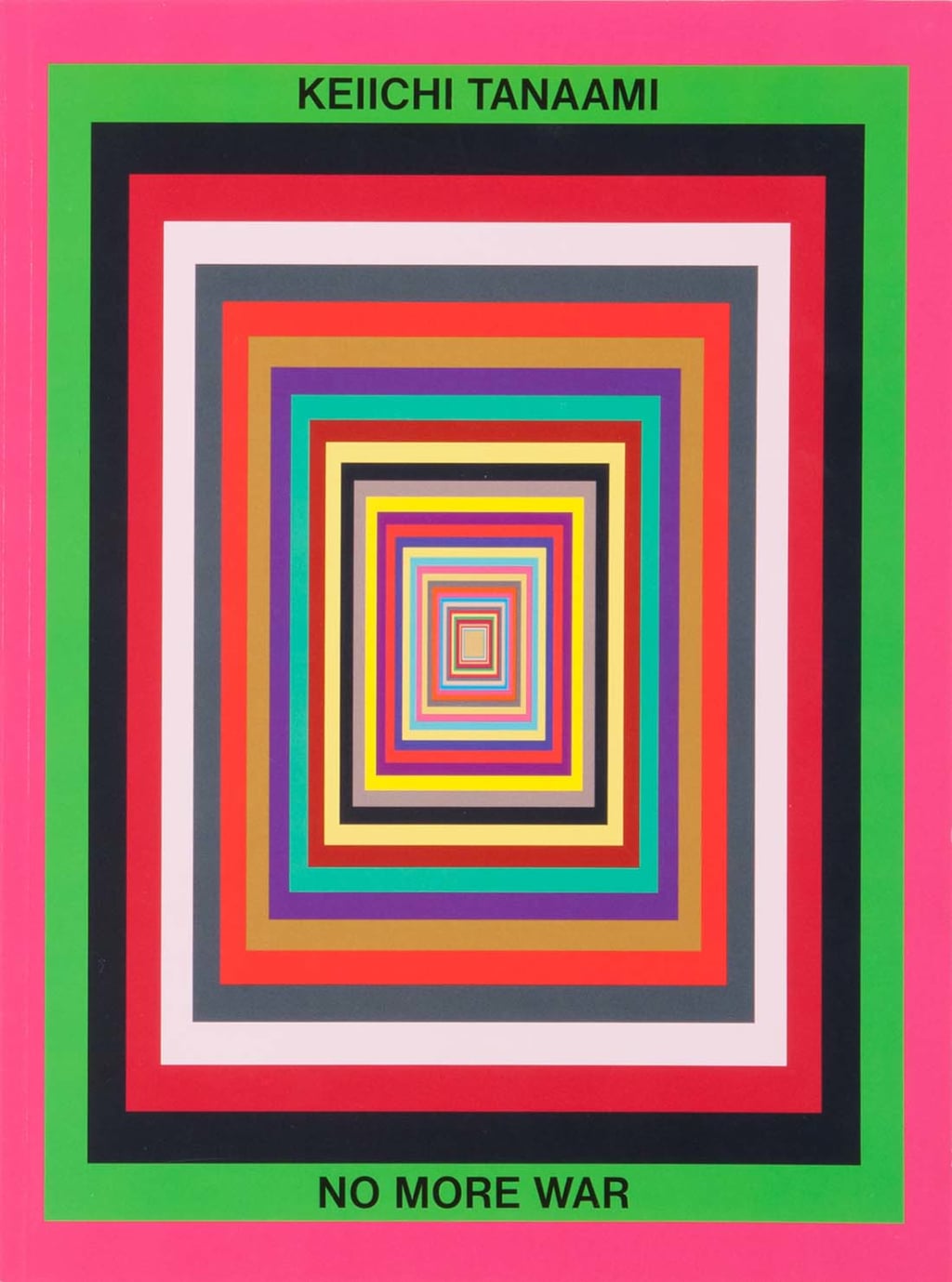
© Keiichi Tanaami
TRENDING
-
Ishiuchi Miyako, A Singular Perspective on Women
Recipient of the 2024 Women in Motion Award, the photographer creates intimate portraits of women through the objects they left behind.

-
Recipe for Ichiraku Ramen from ‘Naruto’ by Danielle Baghernejad
Taken from the popular manga with the character of the same name who loves ramen, this dish is named after the hero's favourite restaurant.

-
Namio Harukawa, Master of Japanese SM Art
'Garden of Domina' offers a dive into the world of an icon of ‘oshiri’, whose work has now reached a global audience.

-
The Tattoos that Marked the Criminals of the Edo Period
Traditional tattoos were strong signifiers; murderers had head tattoos, while theft might result in an arm tattoo.

-
The Emperor of Japanese Porn is Now the Star of a Netflix Series
Deliciously funny, The Naked Director especially succeeds in reviving the atmosphere that was so characteristic of 1980s Japan.


